After cardiovascular and cerebrovascular intervention, by noon on August 10, patient LVL (69 years old, from Vinh Long) had overcome the critical stage and miraculously recovered.
The risk of death increased tenfold
Five days ago, the patient was taken to the local hospital by his family for emergency treatment with chest pain in the area behind the sternum, difficulty breathing; chest pain recurred many times. After that, the patient was quickly transferred to the upper level, Can Tho Central General Hospital, with a diagnosis of acute myocardial infarction , type 2 diabetes, and hypertension.
At the Emergency Department of Can Tho Central General Hospital , doctors consulted with the interventional cardiology emergency team and prescribed emergency coronary intervention for the patient. However, a rare incident occurred, while preparing to place a coronary intervention catheter, doctors discovered that patient L. had signs of a stroke , was completely paralyzed on the left side of his body and had slurred speech.
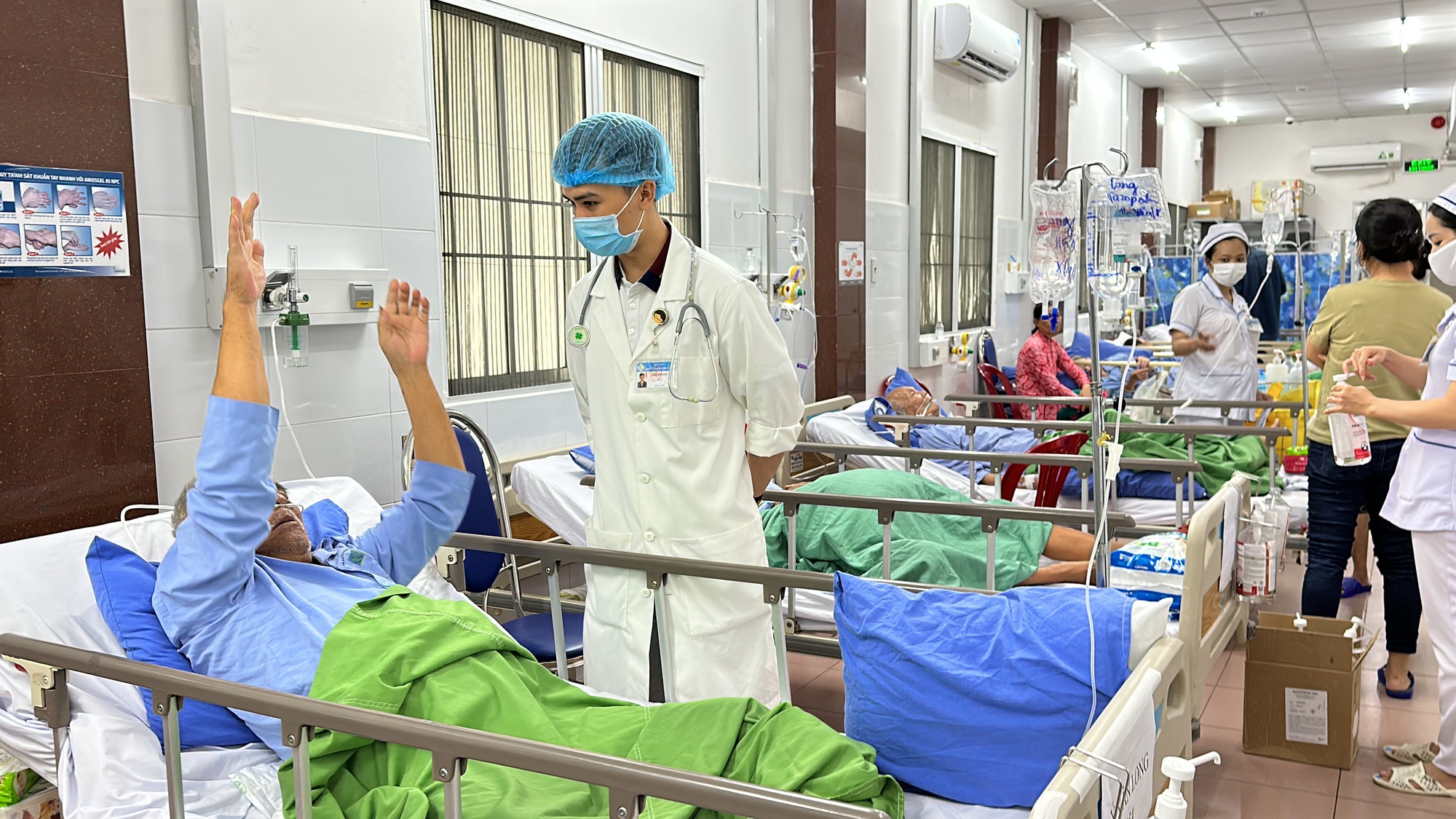
LVL patients are recovering quickly after cardiovascular intervention and ischemic stroke
Recognizing this as a rare case, with a combination of two dangerous emergency diseases, acute myocardial infarction and cerebral infarction, the cerebrovascular intervention team was immediately alerted to coordinate treatment for the patient.
The results of the CT scan of the brain, immediately checked in the intervention room, were consistent with the diagnosis of acute cerebral infarction. The first intervention took place, after 40 minutes, the team completed the dilation of the blocked coronary artery, placed a stent to restore blood flow to the patient's heart.
Immediately after that, the brain intervention team got to work. After only 20 minutes, the doctors completed the blood clot removal and reopened the patient's blocked cerebral blood vessels.
The next day, the MRI results showed that the blocked cerebral blood vessel had been successfully re-opened. Currently, the patient is awake, vital signs are stable, no more chest pain, no speech disorder, and still has mild weakness on the left side of the body.
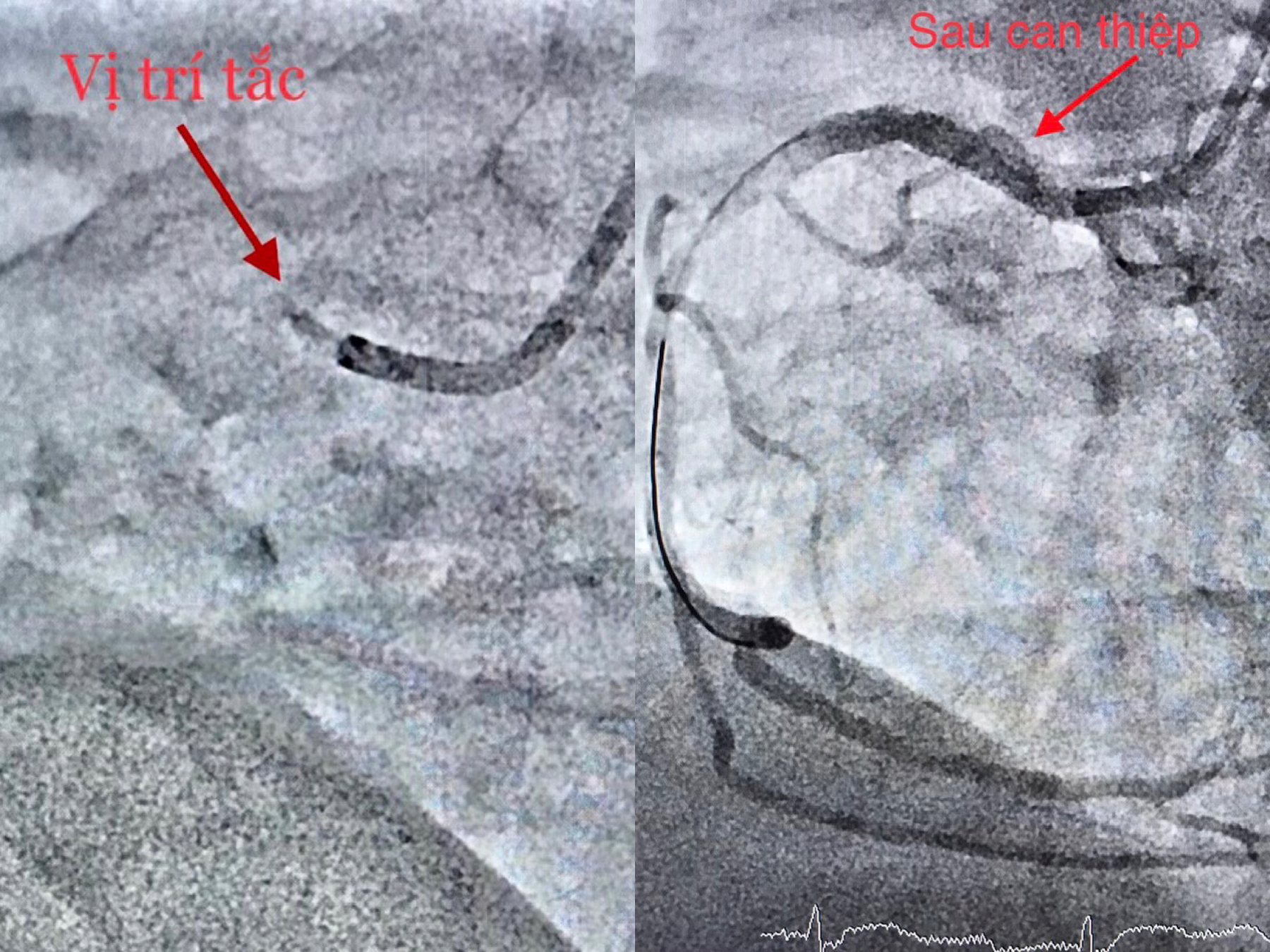
Coronary artery images of a patient with occlusion before and after revascularization intervention
Dr. Ha Tan Duc, Head of the Stroke Department, Can Tho Central General Hospital, said: "Usually, it is due to blood clots forming, causing blockage of coronary and cerebral blood vessels. The danger is that when there are two diseases like patient L., it will blur the typical symptoms of the diseases, leading to difficulty in recognition. The second point is that when there is an emergency disease overlapping another emergency disease, the risk of death will increase dozens of times."
Some risk factors for myocardial infarction with stroke
According to Dr. Duc, cerebral infarction combined with myocardial infarction or vice versa myocardial infarction combined with cerebral infarction rarely occurs. Specifically, the rate of in-hospital stroke after myocardial infarction is recorded at a frequency of 1.4 - 1.5% but tends to change little over the years. However, the mortality rate during hospitalization of this group of patients is up to 25%. The main causes of death are cardiogenic shock, septic shock, respiratory failure, kidney failure, and heart failure.

Images of a patient's cerebral blood vessels with blockage before and after intervention
Some risk factors that make myocardial infarction patients more likely to have a stroke include: Older age, female gender, atrial fibrillation, heart failure, diabetes, chronic kidney disease, and atherosclerosis. Both of these diseases need to be intervened as soon as possible to reduce the risk of death. However, when a patient has both acute myocardial infarction and cerebral infarction, it is not possible to intervene at the same time. "First of all, it is necessary to assess which disease is threatening the patient's life the most and prioritize treatment first. At the same time, depending on the actual context, how to coordinate the two cardiovascular teams to intervene in the cerebral vessels as smoothly as possible. When the two teams coordinate smoothly with each other, the patient will not have to wait and the effectiveness of emergency treatment will be better," said Dr. Duc.
Dr. Ha Tan Duc also recommended 11 signs and situations that are considered medical emergencies, including myocardial infarction and cerebral infarction, requiring patients to be taken to the hospital immediately:
- Severe chest pain or shortness of breath: Chest pain can be a sign of a serious cardiovascular problem such as a heart attack or myocardial infarction. Severe shortness of breath can also be related to a respiratory or cardiovascular problem.
- Cardiac arrest or respiratory arrest: If the patient suddenly stops breathing or has a cardiac arrest, perform CPR (cardiopulmonary resuscitation) immediately and take the patient to the hospital.
- Airway obstruction: If the patient has symptoms of airway obstruction, such as hoarseness, or difficulty breathing, immediate evaluation and intervention is needed to ensure the airway is clear.
- Severe bleeding: If bleeding is severe and does not stop or cannot be controlled, especially in the head, neck, or abdomen, the patient should be taken to the hospital.
- Serious injuries: Deep wounds, open fractures, severe burns or serious head injuries all require hospital evaluation and treatment.
- Sudden decline in health: If the patient has symptoms such as dizziness, lightheadedness, loss of consciousness, it may be related to blood pressure, blood sugar or other endocrine problems.
- Stroke: If the patient has symptoms such as loss of sensation, paralysis on one side of the body, difficulty speaking, they should be taken to the hospital immediately because they may be having a stroke.
- Respiratory problems: If the patient has difficulty breathing, breathing very fast or very slow, it may be related to a serious respiratory problem.
- Severe allergy: If a patient experiences a severe allergic reaction after exposure to an allergen, prompt examination and treatment are needed.
- Severe heart failure: Symptoms such as shortness of breath, swelling of the legs... can be signs of severe heart failure.
- Acute abdominal pain: Although not always an emergency, some diseases such as appendicitis, acute pancreatitis, gastrointestinal perforation, ruptured ectopic pregnancy... are among the emergencies that require urgent intervention.
Source link



![[Photo] General Secretary To Lam receives King Philippe of Belgium](https://vstatic.vietnam.vn/vietnam/resource/IMAGE/2025/4/1/e5963137a0c9428dabb93bdb34b86d7c)
![[Photo] Close-up of Vietnam's sniffer dog team searching for earthquake victims in Myanmar](https://vstatic.vietnam.vn/vietnam/resource/IMAGE/2025/4/1/d4949a0510ba40af93a15359b5450df2)
![[Photo] Prime Minister Pham Minh Chinh meets with King Philippe of Belgium](https://vstatic.vietnam.vn/vietnam/resource/IMAGE/2025/4/1/be2f9ad3b17843b9b8f8dee6f2d227e7)
![[Photo] President Luong Cuong and King Philippe of Belgium visit Thang Long Imperial Citadel](https://vstatic.vietnam.vn/vietnam/resource/IMAGE/2025/4/1/cb080a6652f84a1291edc3d2ee50f631)

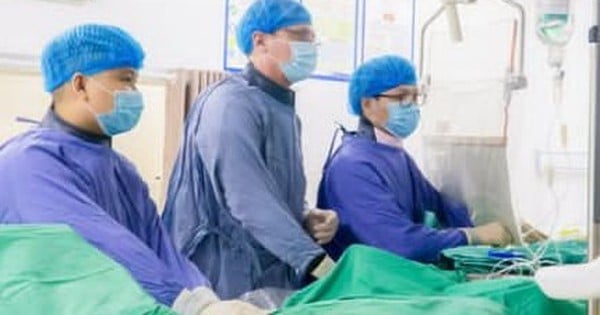

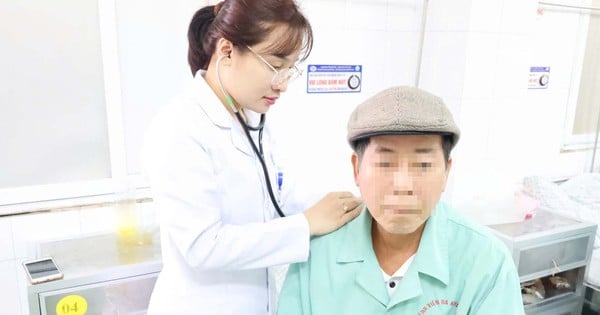

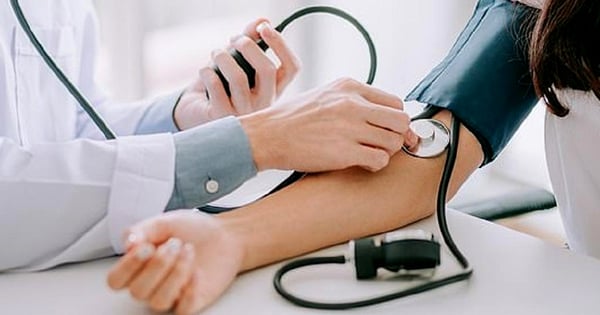

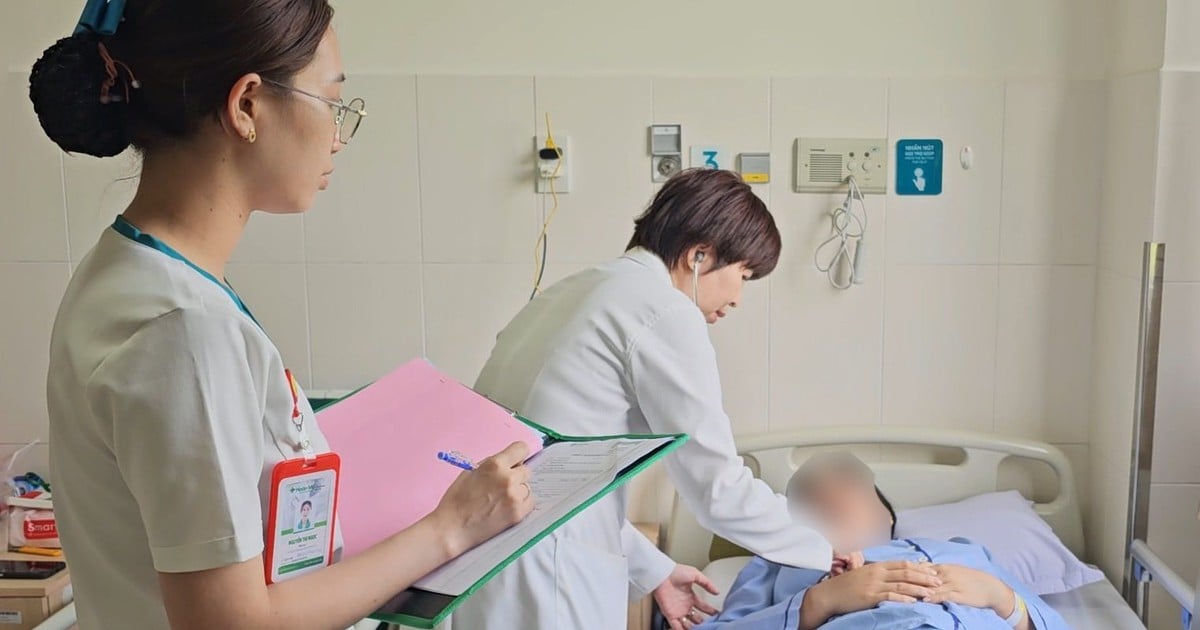
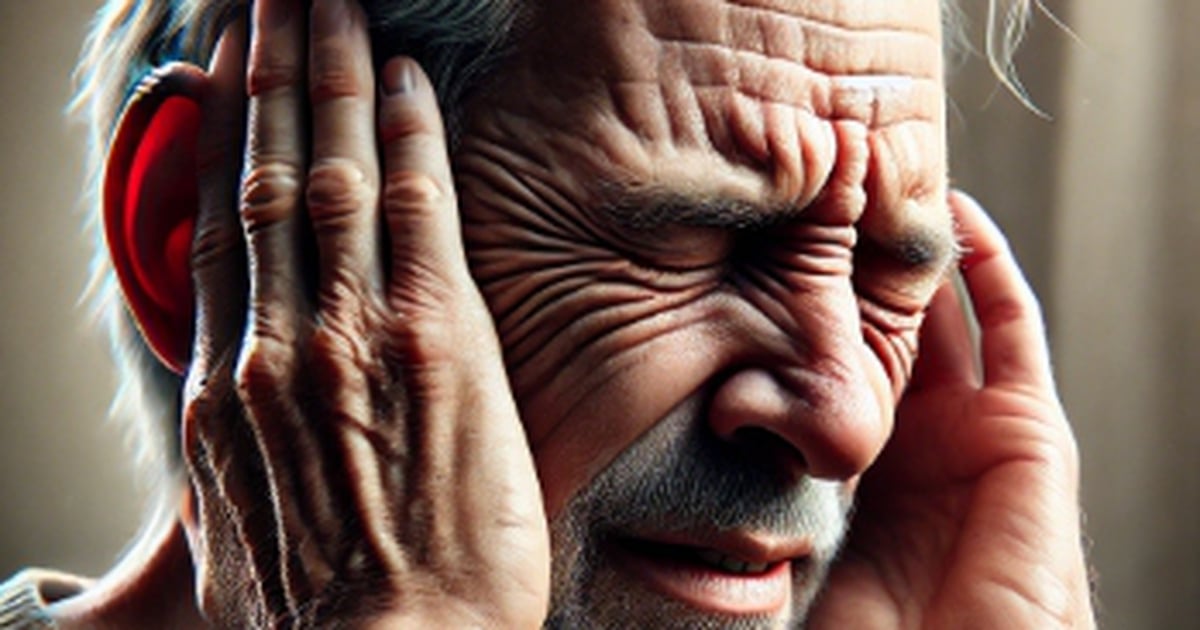
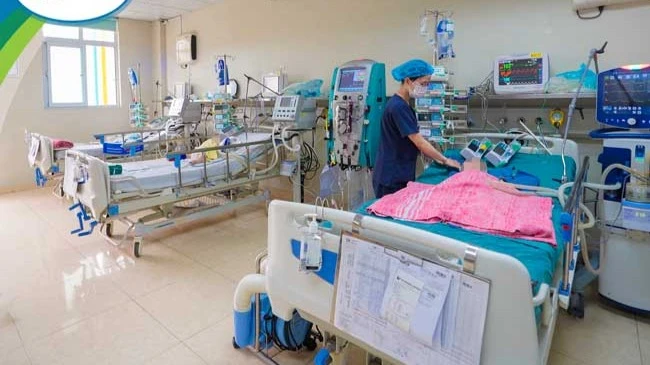

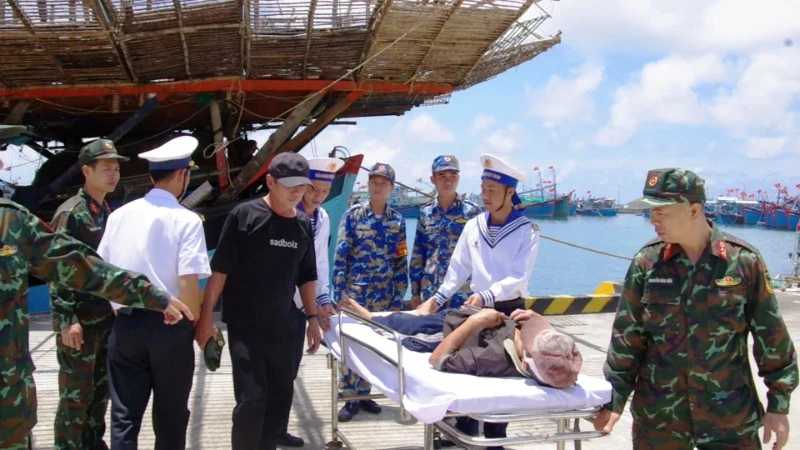
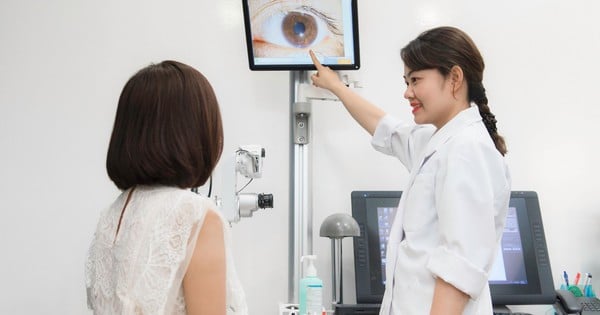

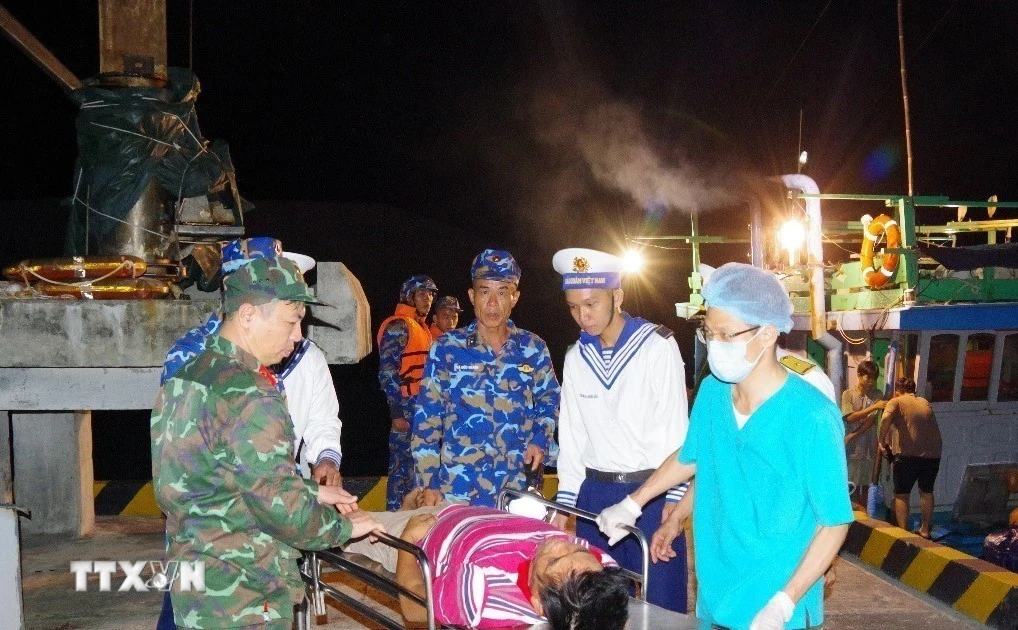




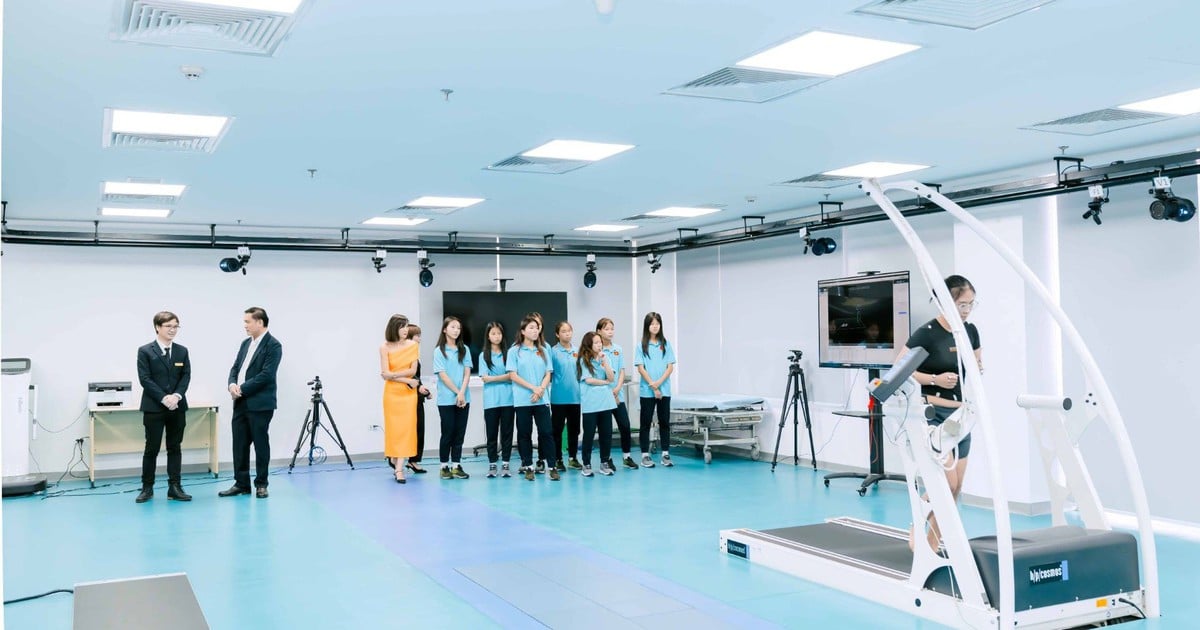


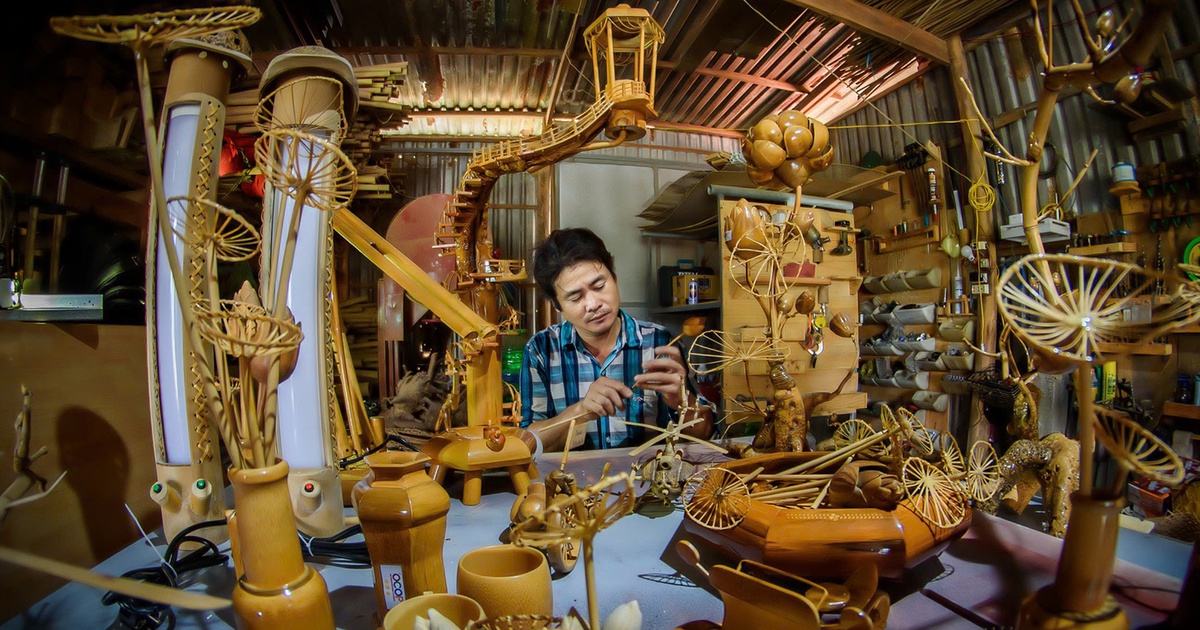

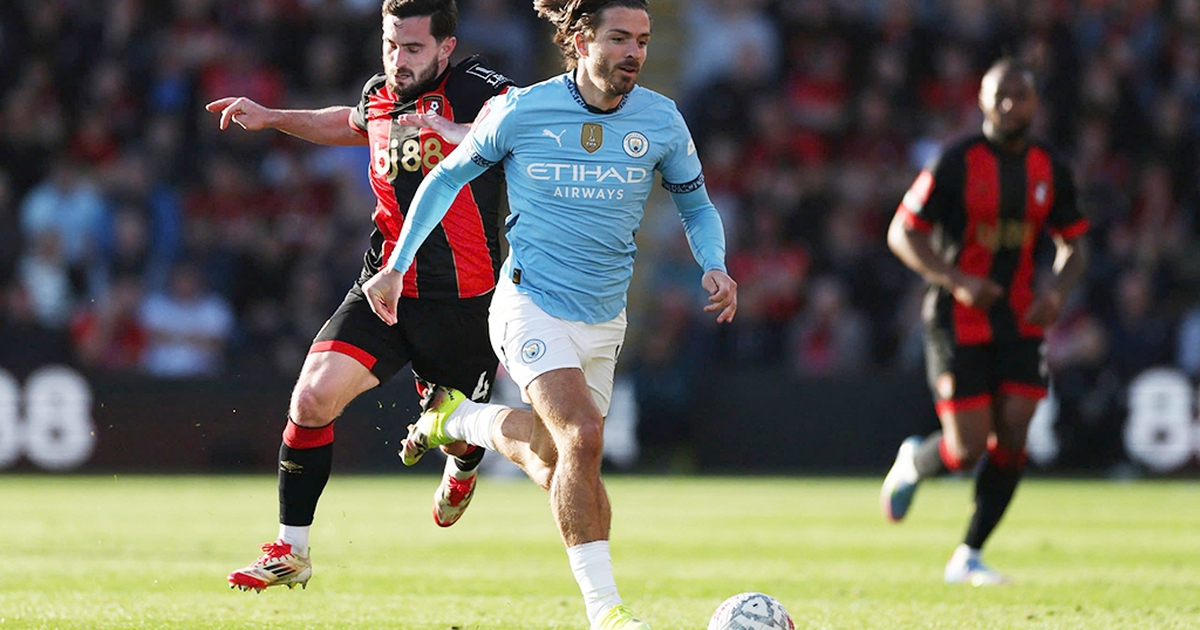
![[Photo] Myanmar's capital in disarray after the great earthquake](https://vstatic.vietnam.vn/vietnam/resource/IMAGE/2025/4/1/7719e43b61ba40f3ac17f5c3c1f03720)













































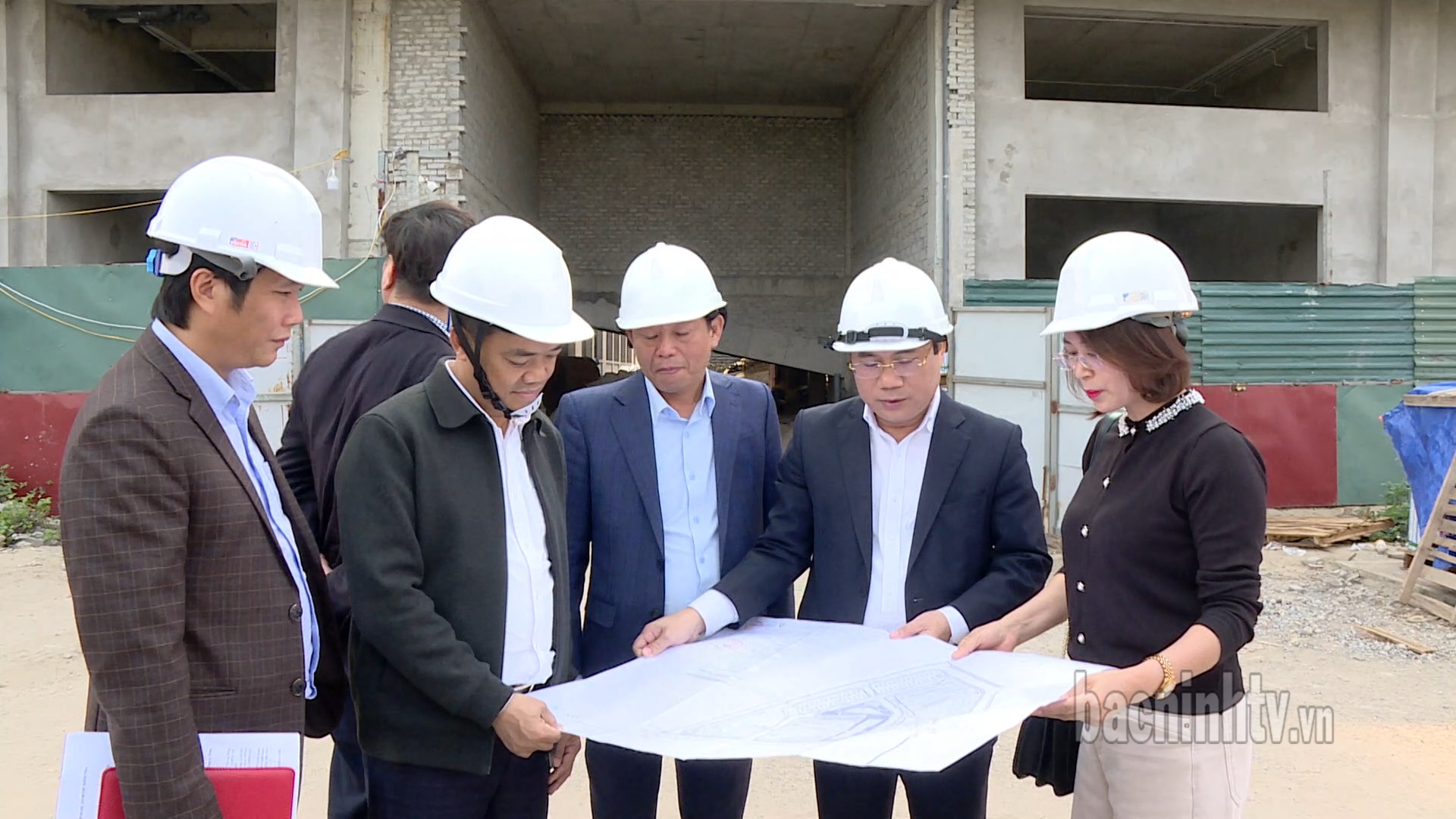


![[6pm News] Of the 40 newly discovered gold mines, 4 are in Thanh Hoa](https://vstatic.vietnam.vn/vietnam/resource/IMAGE/2025/4/1/08644991aa1b4030a549159f2f87c0d6)












Comment (0)